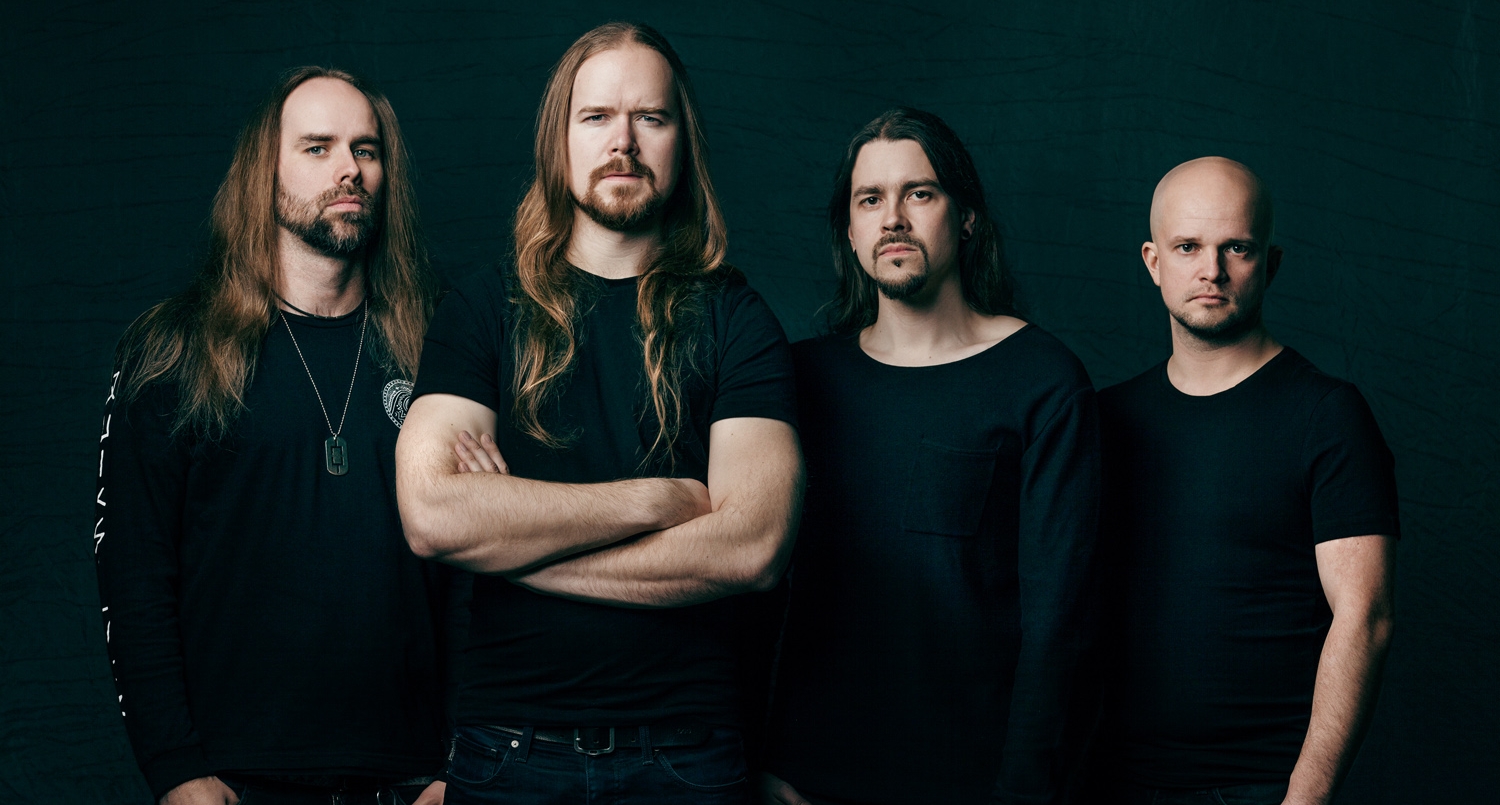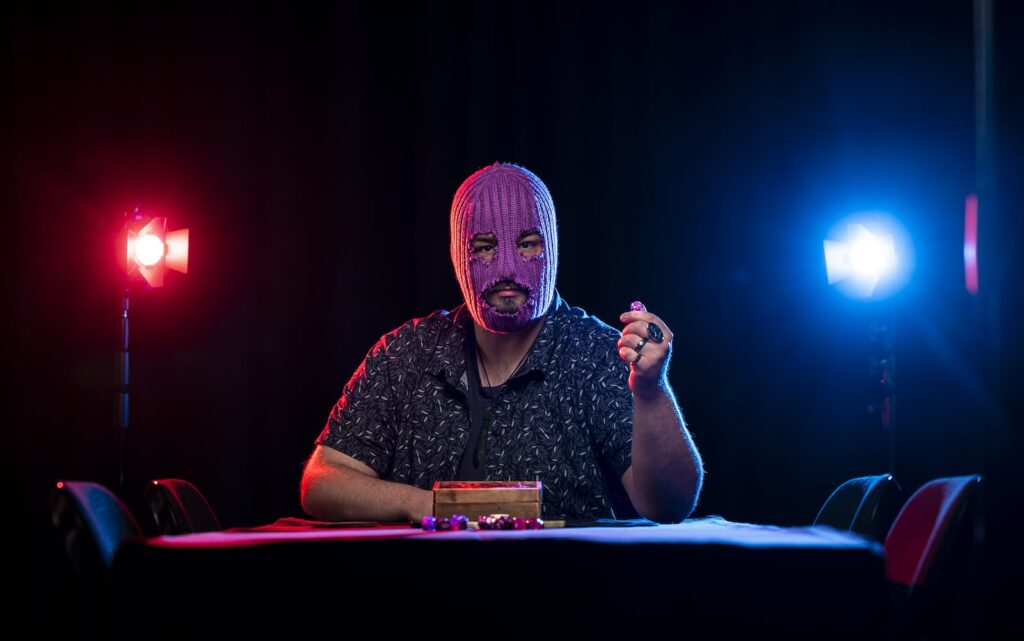He’s also a heck of an author, covering a vast range of topics from physicist Richard Feynman (Quantum Man: Richard Feynman’s Life in Science) to the technical accuracy of beloved science fiction franchises (The Physics of Star Trek and Beyond Star Trek: Physics from Alien Invasions to the End of Time) to the cultural and scientific implications of extra dimensions (Hiding in the Mirror). His latest is The Greatest Story Ever Told – So Far : Why Are We Here?, and it provides the springboard for his latest Australian visit.
Following on the tradition he established in his last international bestseller, Krauss’ new book explores the unsung revolutions in our understanding of the fundamental structure of space, time, and matter which are necessary to understand our cosmic origins and future, and ultimately the puzzles of our own existence.
While his previous book explained how the entire universe could arise from nothing, his latest reveals what that ‘something’ – reality – actually is. And once you get down to the quantum level, reality is not what we think or sense – it’s weird, wild, and counterintuitive, hidden beneath everyday experience, and its inner workings seem even stranger than the idea that something can come from nothing.
Throughout the book, Krauss takes us on a tour of science and the brilliant personalities who shaped it, often against political and religious indoctrination, enduring persecution and ostracism. No less an authority than Neil DeGrasse Tyson says of the book, “As Bard of the Universe, physicist Lawrence Krauss may be uniquely qualified to give us The Greatest Story Ever Told – a masterful blend of history, modern physics, and cosmic perspective that empowers the reader to not only embrace our understanding of the universe, but also revel in what remains to be discovered.”
Krauss also starred in, and served as executive producer of, 2013 documentary The Unbelievers, which followed him and colleague Richard Dawkins around the world as they discussed science and reason. It premiered at Docs International Film Festival in Toronto in April 2013, and featured a number of celebrities including Woody Allen, Werner Herzog, Cameron Diaz, Ricky Gervais, and more.
Krauss was in the news earlier this year when, as chair of the Bulletin of the Atomic Scientists Board of Sponsors, he spoke of the first time the board had moved the ‘Doomsday Clock’ 30 seconds closer to midnight. The clock is an internationally recognised design that conveys how close we are to destroying our civilisation with dangerous technologies of our own making, and the board announced that its decision was in part based on the words of a single person: President Donald Trump.
“Wise men and women have said that public policy is never made in the absence of politics,” Krauss said. “But in this unusual political year, we offer a corollary: Good policy takes account of politics but is never made in the absence of expertise. Facts are indeed stubborn things, and they must be taken into account if the future of humanity is to be preserved, long term.
“Nuclear weapons and climate change are precisely the sort of complex existential threats that cannot be properly managed without access to and reliance on expert knowledge. In 2016, world leaders not only failed to deal adequately with those threats; they actually increased the risk of nuclear war and unchecked climate change through a variety of provocative statements and actions, including careless rhetoric about the use of nuclear weapons and the wanton defiance of scientific evidence.
“To step further back from the brink will require leaders of vision and restraint. President Trump and President Putin can choose to act together as statesmen, or as petulant children, risking our future. We call upon all people to speak out and send a loud message to your leaders so that they do not needlessly threaten your future, and the future of your children.”
By Peter Hodgson







